Dhaka, Feb 14, (V7N) - The first day of Falgun, Pohela Falgun, holds immense significance in Bengali culture. It marks not just the change of seasons, but also represents Bengali heritage, culture, and ethnic unity. For every Bengali, Pohela Falgun is a special day, as it brings together the beauty of nature, the joy of people, and cultural traditions. As the arrival of spring is signaled, Pohela Falgun awakens a sense of new hope, vibrant life, and deep-rooted cultural values in the hearts of Bengalis.
The Beauty of Nature
Every year, Pohela Falgun witnesses nature transforming into a vibrant canvas. The branches of trees bloom with blood-red Palash flowers, Kamini, Krishnachura, Jambura, and Sonalu, creating a stunning visual treat. The air is filled with the hum of bees as they gather nectar from the blooming flowers. This time of the year, the mild breeze replaces the heat, and the landscape comes alive with colors and fragrances, enhancing the joy of the day. Pohela Falgun becomes a celebration of this natural beauty, reminding everyone of the changing seasons and the revitalizing spirit it brings.
The Attire of Bengali Women
One of the most prominent attractions of Pohela Falgun is the traditional attire of Bengali women. On this day, Bengali women typically wear yellow sarees. Yellow, a color that symbolizes the arrival of spring, is bright, joyful, and full of life, much like the blooming flowers of the season. Women adorn themselves with floral garlands, ear ornaments, nose rings, henna, and light, fragrant bangles, radiating joy and vitality. The colorful combination of sarees and floral accessories, along with the sweetness of Bengali sweets, adds to the charm of Pohela Falgun.
The Attire of Bengali Men
Bengali men also embrace the festive spirit of Pohela Falgun with colorful attire. Many men wear vibrant Punjabi sets in shades of red, orange, yellow, and green, which symbolize the new phase of spring. They adorn themselves in beautifully designed Punjabis, Sherwanis, and Kurtas, maintaining the tradition of dressing up for this cultural celebration. Even though men typically do not wear jewelry like women, their energetic and lively spirit shines through their festive attire.
Cultural Programs and Festivities
Pohela Falgun is also marked by numerous cultural programs. Across the country, various artistic performances are held, including poetry readings, musical performances, theatrical plays, and dance performances. Educational institutions such as schools, colleges, and universities organize events centered around spring celebrations, literary discussions, and cultural performances. Even in rural areas, special programs are organized to bring people together and celebrate Bengali culture and heritage. These cultural events play a central role in making Pohela Falgun a truly special day.
Traditional Food and Sweets
For food lovers, Pohela Falgun is an experience in itself. Bengali cuisine takes center stage, with traditional dishes such as Khichuri, Pithe, Puli, Pora Beguni, Sweets, Payesh, Bhaja, Chire, and more being prepared. The tradition of sharing these dishes brings the family together to mark the beginning of the new year with love, laughter, and unity. The significance of these dishes extends beyond food, symbolizing the warmth of family gatherings and the joy of the season.
Baishakhi Hal Khata
After Pohela Falgun, the tradition of Baishakhi Hal Khata has become an integral part of Bengali culture. This age-old practice involves businessmen settling old debts and starting fresh for the new year. The Hal Khata ritual is a symbol of unity, goodwill, and friendship within the business community. Through this event, people strengthen their relationships, clear past dues, and embrace a new beginning with hope and trust.
Language and Culture
Pohela Falgun also holds great significance in terms of language and culture. Particularly after the 1952 Language Movement, the importance of Pohela Falgun has only grown. This day now represents the pride and dignity of the Bengali language, with poetry recitations, musical programs, and literary discussions taking place across the country. Literary and cultural organizations organize seminars and discussions to honor the Bengali language and inspire younger generations to deepen their connection to their linguistic heritage.
Conclusion
Pohela Falgun is not just a day to celebrate the change of seasons or the arrival of spring. It is a grand celebration of Bengali culture, traditions, joy, and unity. The colorful day of Pohela Falgun has become an essential part of Bengali history, literature, and cultural heritage. It is not only about celebrating the beauty of nature but also a reminder to preserve our traditions and culture for future generations. Pohela Falgun encourages all of us to come together and strengthen our bond with the cultural identity of Bangladesh, making it an eternal festival in our hearts.
END/SMA/NYC/AJ/



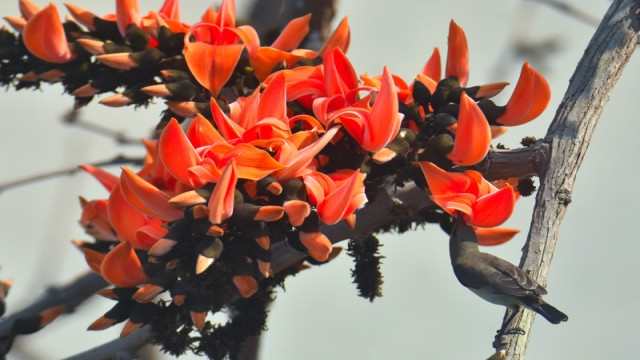





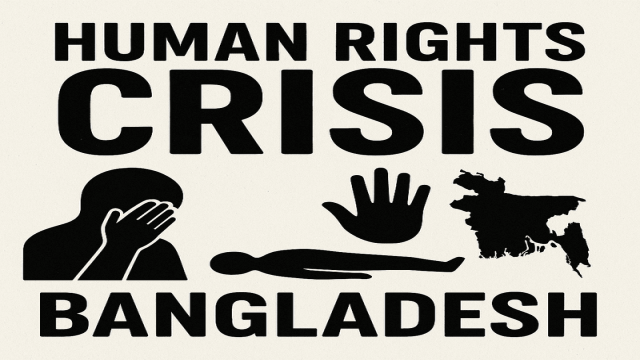
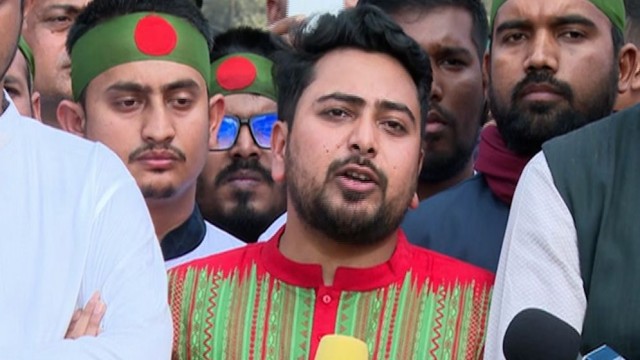



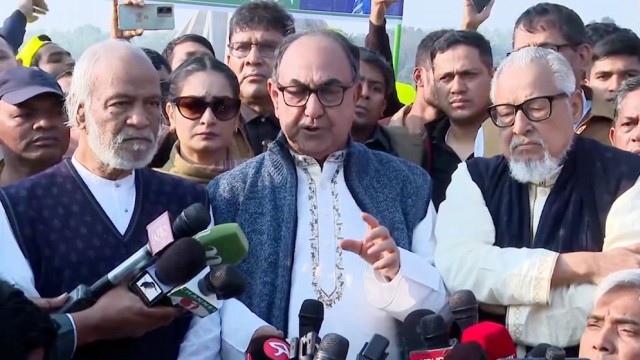
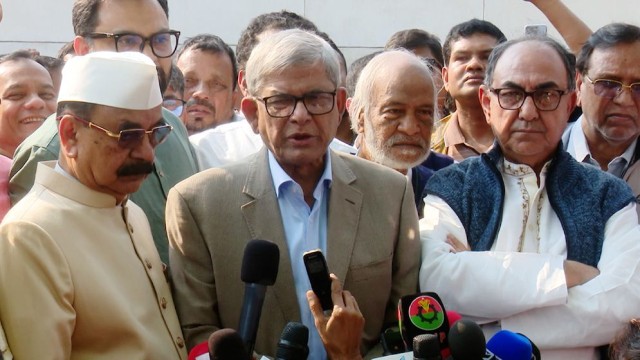


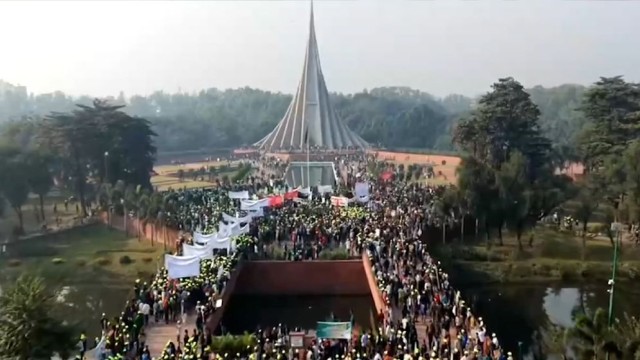
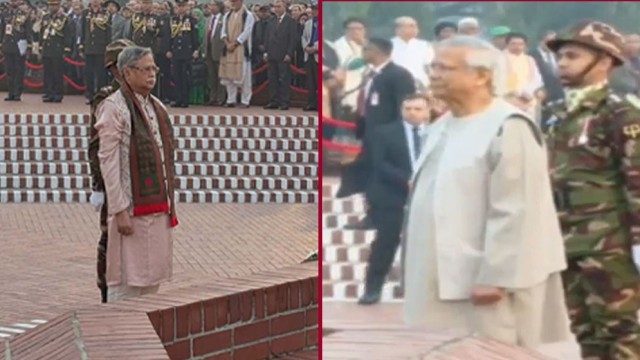

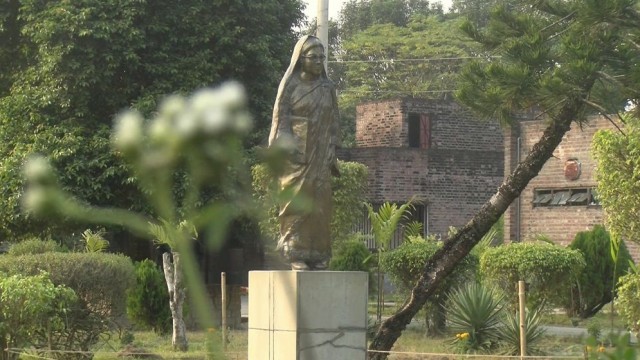
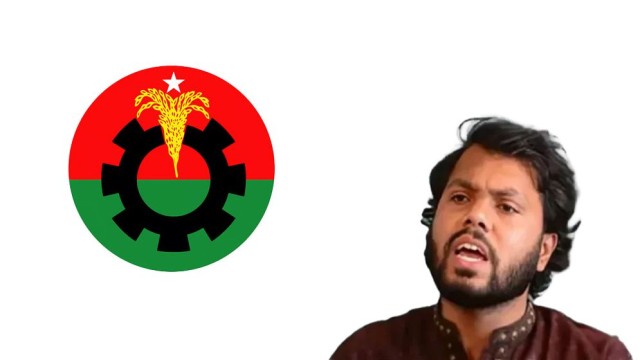






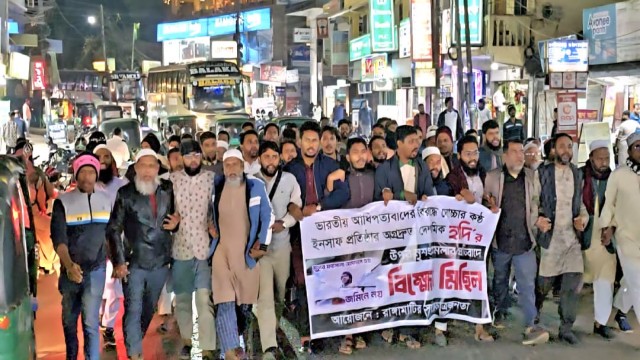
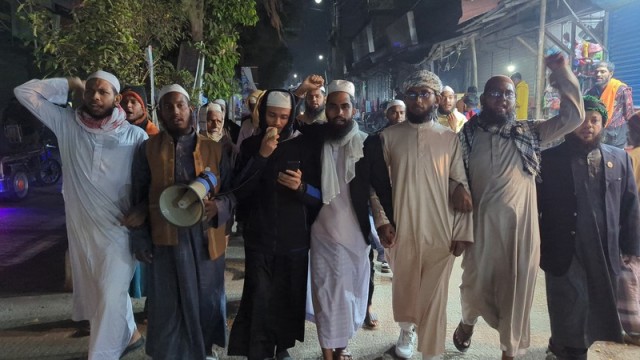
Comment: